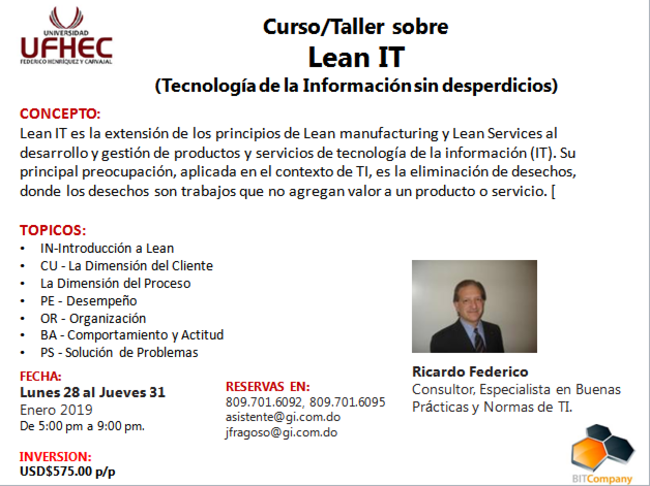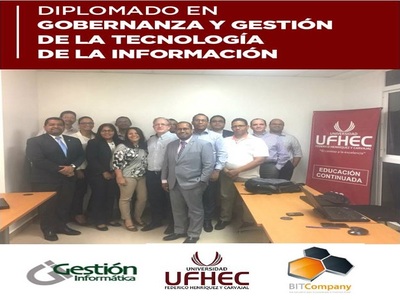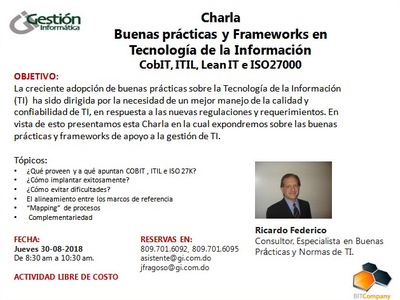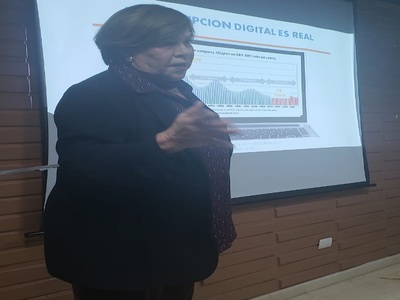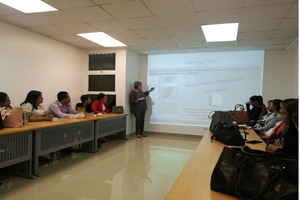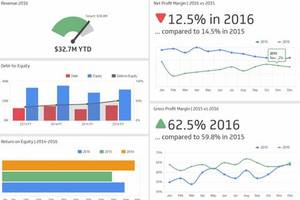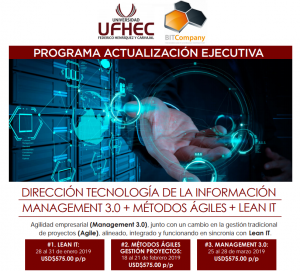
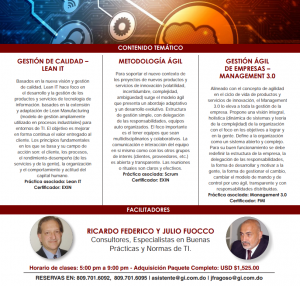
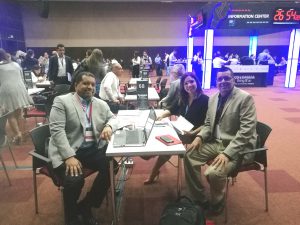
The commercial benefits of the digital transformation of Human Resources (HR) are quite clear. You can alter Human Resources operations in a way we have never seen before. However, adapting to this change is not easy and human resources teams face a rebellion of employees struggling to get digital technologies up and running. Here, in this blog, we will cover the steps to be successful with the digital transformation of human resources.
What is the digital transformation of human resources?
The digital transformation of human resources assumes the implementation of self-service platforms and technologies for human resources. It carries the potential of a new discourse on human resources operations. It provides new ways to streamline human resources tasks, such as learning, training and employee performance: leading to better commitment, innovation and motivation of employees.
The biggest myth associated with the digital transformation of HR is that it is only about implementing digital operations and automation. However, technology is only part of the whole process that implies moving towards a digital culture. The digital transformation of human resources implies fostering new forms of work, closing knowledge gaps, increasing commitment and solving business problems.
Why do companies need the digital transformation of human resources?
The scope of the digital transformation of human resources is fascinating and can help companies achieve global business benefits. Companies can establish an environment that allows for productivity, commitment to collaboration, income efficiency and well-being.
Good practices for the digital transformation of human resources.
The road to success with the digital transformation of human resources is complex and not simple. Companies that randomly deploy digital technologies face setbacks. Adjusting HR practices to a new world requires a lot of restructuring and grassroots work.
Strategic planning: Develop deep-level technical knowledge to make change feasible and friction-free. The digital transformation of human resources is not replacing an obsolete technology with the new one. Framing a multi-year strategy around enterprise resource planning (ERP) frameworks, applications and tools can reduce the disruption of human resources operations. Teams that operate in silos or in a rigid world can stop taking advantage of technologies effectively.
Transformation is not a matter of once and done. Companies must develop a comprehensive use case to obtain the approval and approval of the business leaders’ budget. Detailed project planning for change management phases, comprehensive communication, testing and training can help teams eliminate business reduction errors. Teams must also perform due diligence to validate the plan from time to time.
Digital transformation team: establish a central team to initiate and execute the digital transformation initiative. The team should be composed of six to nine experts in the field who can predict the impact of technology in different business areas. Human resource leaders must ensure that the participants in this team are not helicopter participants. Instead, they should be asked to monitor projects regularly and keep the organization informed.
Continuous learning: establish a learning climate and continuous development in the company. Prepare a calendar to allow employees to work seamlessly with the new age tools.
The development of skills is an important aspect of the project of digital transformation of human resources. No technology can be exploited if the teams do not know how to use them. That’s why human resources leaders must assess their skills and encourage personal development.
Performance management: identify key measures and indicators of success and celebrate the success of each milestone. Encourage employees to take on new and innovative projects and reward them for their good work. Recognize professional development and good work at all levels. Involve and encourage employees to keep their morale high at all times.
Ensure communication: establish a communication framework for greater collaboration between teams. It helps teams respond faster to failures and problems. Teams can coordinate faster and solve problems in less time. Human resources teams can coordinate with technology teams and become more agile.
Enterprise IT integration: Prevent islands of automation and multiple sources of truth with enterprise IT integration. Integration is an inherent challenge in any digital transformation initiative. Business integration can help teams to combine systems. This can help bring employee data from any source to the backend of current systems. From a single location, teams can govern and manage technologies in a hybrid ecosystem.
Governance framework: Enable a governance framework to manage change requests related to human resources operations. All departments must be connected for this to happen. Use design thinking methodologies to configure an IT architecture ready for the future. It helps define the user’s people and allows new user experiences. Operations such as switching to a new application for recruitment, using Artificial Intelligence (AI) to mention the job description, sharing payroll data with partners becomes easy with better governance.
Factoring in these best practices can help human resources leaders achieve continuous and lasting success of their digital initiatives. Human resource leaders can become game changers and enable agility throughout the organization through continuous innovation.
Subject # 4 – Service Management – ITIL.
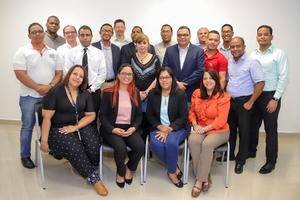





Talk about Good Practices Information Technology. Wednesday, 30-08-2018, Instructor Ricardo Federico.
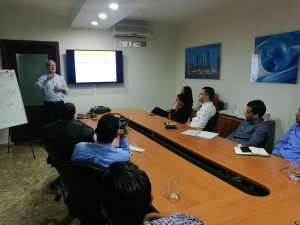
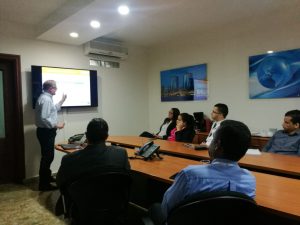
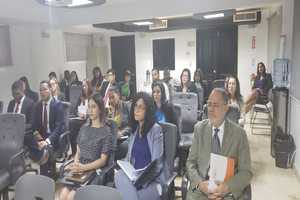
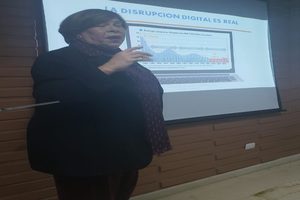
IDC Corporation exhibits in the Superintendency of Securities (SIV) on Digital Transformation.
In the last two years, we have witnessed an explosion of articles and writings about digital transformation. IDC defines the Digital Transformation (DX), as the application of the 3rd platform (Cloud / Big Data & Analytics / Mobility / Social Media) and the disruptive technologies (IoT / Impresion 3D / Robotics / SecNextGen) to the world today.
During a conference held at the premises of the Superintendency of Securities Lic. Judith Gil, international consultant of the North American corporation IDC explained that DX carries with it, not only a technological change, but also a change of aptitude in people. To stay in this dynamic and competitive market, organizations have to reinvent themselves.
The conference entitled ‘The five pillars of digital transformation’ organized by Academic Vanguard, resulted in a dynamic of questions and answers within the present, on the current trend novelty regarding the digital transformation of organizations.
Conference on ‘Psychometric Tests’.
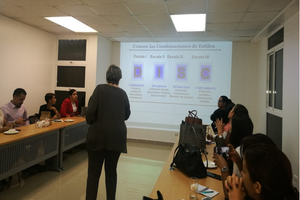
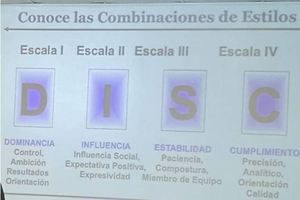
Ms. Ana Battle of the international firm PROFILES presented to the managers of the area of Human Management, the talk on ‘Importance of Psychometric Tests’.
ADVANTAGE
VISIBILITY: The CEOs create a general vision, obtaining inputs from the entire organization.
EXPONENTIAL IMPROVEMENTS: Having the measures of key management indicators empowers CEOs to develop appropriate action plans.
TIME SAVING: The CEOs are always very busy. They do not have the time to access multiple reports from the entire organization. Dashboards for CEOs allow them to access key data from all areas and make the decision-making process faster.
ALIGN BUSINESS GOALS WITH PERFORMANCE: One of the great benefits of the dashboard is being able to capture the gap between the defined strategy and the performance of operations. From that gap develop immediate action plans.
PRODUCTIVE AND OPERATIONAL EFFICIENCY: Collaborators generally perform better when they know that their supervisors have access to know the results of their indicators. The CEOs can know the departmental results and thus identify which ones need improvements in certain processes.
Archives
- March 2025
- January 2025
- December 2024
- November 2024
- October 2024
- September 2024
- August 2024
- July 2024
- June 2024
- May 2024
- April 2024
- March 2024
- January 2024
- November 2023
- October 2023
- September 2023
- August 2023
- June 2023
- May 2023
- April 2023
- March 2023
- February 2023
- November 2022
- October 2022
- September 2022
- August 2022
- July 2022
- June 2022
- May 2022
- April 2022
- March 2022
- January 2022
- December 2021
- November 2021
- September 2021
- June 2021
- May 2021
- April 2021
- March 2021
- February 2021
- January 2021
- December 2020
- November 2020
- October 2020
- September 2020
- August 2020
- July 2020
- June 2020
- May 2020
- April 2020
- March 2020
- February 2020
- January 2020
- December 2019
- September 2019
- August 2019
- July 2019
- June 2019
- May 2019
- March 2019
- February 2019
- January 2019
- December 2018
- November 2018
- October 2018
- September 2018
- August 2018
- July 2018
- June 2018
- May 2018
- April 2018
- March 2018
- February 2018
- December 2017

